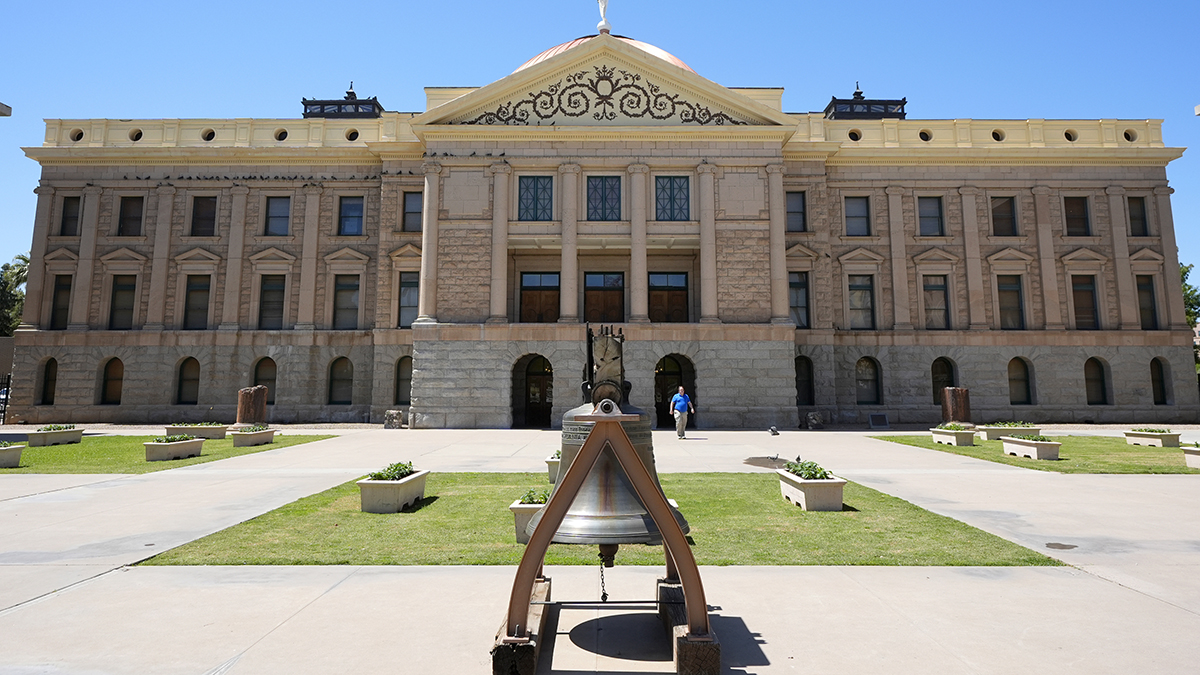Help is on the way to consumers confused by the jumble of sun protection numbers and other claims on sunscreens.
Under new rules published Tuesday, sunscreens will have to prove they filter out both ultraviolet B rays and ultraviolet A rays to claim they protect against skin cancer.
Starting next summer, if they don't protect against both, or the sun protection factor is below 15, then they have to carry a warning: "This product has been shown only to help prevent sunburn, not skin cancer or early skin aging."
The guidelines, which spent more than 30 years in bureaucratic limbo, are designed to enhance the effectiveness of sunscreens and make them easier to use.
The key takeaway for consumers: Look for a sun protection factor, or SPF, of 15 and above that also says "broad spectrum." That's the new buzzword from the Food and Drug Administration to describe a product that does an acceptable job blocking both types of damaging rays.
"These changes to sunscreen labels are an important part of helping consumers have the information they need so they can choose the right sun protection for themselves and their families," said Dr. Janet Woodcock, director of FDA's drug division.
The new regulations require that sunscreens be tested for the ability to block the more dangerous ultraviolet A rays, which can penetrate glass and pose the greatest risk of skin cancer and premature aging. Now, the FDA only requires testing for ultraviolet B rays that cause sunburn. That's what the familiar SPF measure is based on.
U.S. & World
"For the first time, the FDA has clearly defined the testing required to make a broad-spectrum protection claim in a sunscreen and indicate which type of sunscreen can reduce skin cancer risk," said Dr. Ronald L. Moy, president of The American Academy of Dermatology Association.
Under the new rules:
- The FDA will prohibit sunscreen marketing claims like "waterproof" and "sweatproof," which the agency said "are exaggerations of performance."
- The FDA also proposes capping the highest SPF value at 50, unless companies can provide results of further testing that support a higher number.
- FDA says manufacturers must phase out a four-star system currently used by some companies to rate UVA protection.
In reviewing more than 3,000 comments submitted to the agency, the FDA decided the star system was too confusing. Instead, protection against UVA should be proportional to protection against UVB, which is already measured using SPF.
There is a popular misconception that SPF relates to time of solar exposure. Many consumers believe that if they normally get sunburn in one hour, then an SPF 15 sunscreen allows them to stay in the sun for 15 hours without burning. This is not true because SPF is not directly related to length of sun exposure.
The rules were decades in the making.
FDA announced its intent to draft sunscreen rules in 1978 and published them in 1999. The agency then put the plan on indefinite hold until it could address issues concerning both UVA and UVB protection.
Several companies have already adopted the some of the language. For example, all Coppertone products from Merck & Co.'s Schering-Plough unit and Neutrogena Sunblock from Johnson & Johnson already boast "broad spectrum UVA and UVB protection."
Most dermatologists recommend a broad spectrum, water-resistant sunscreen of SPF 30 or higher every two hours while outside.
Last year an estimated 68,130 people in the U.S. were diagnosed with melanoma -- the most dangerous form of skin cancer -- and an estimated 8,700 died, according to the National Cancer Institute. Nearly $2 billion is spent treating the disease each year.



